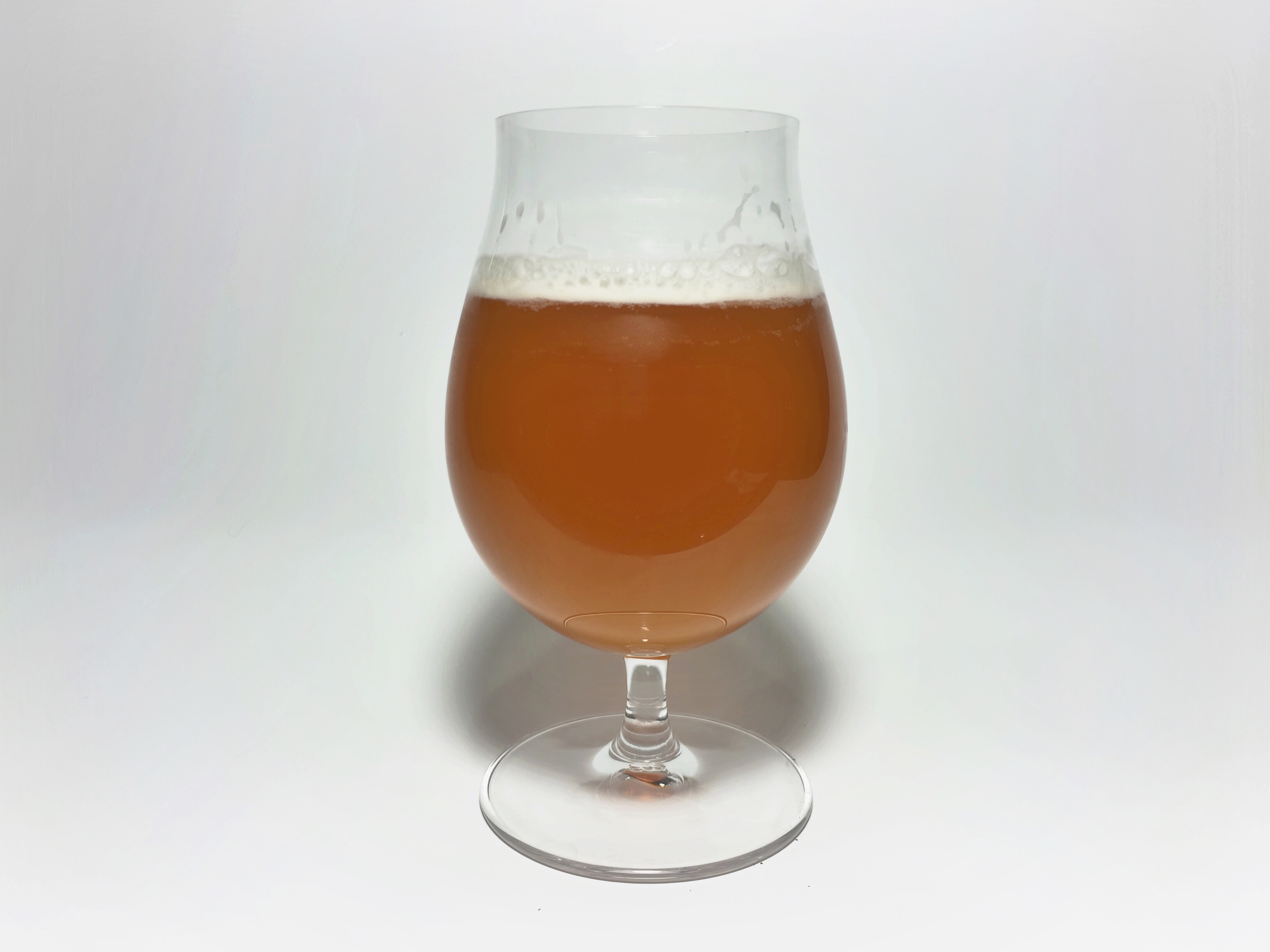Culturing Wild Lactobacillus: Part 2
If you have not, read part 1 first, as this will give you a primer on how I cultured wild lactobacillus. WARNING: another long-winded post on things that you probably don’t care about unless you are a nerd like me!

After nearly a week of letting my lactobacillus starter sit outside, the pellicle inside was huge and it smelled like lemon yogurt. I finally brewed the beer. The plan was for this to be a sour saison. I added some rye malt as well, to ensure that there’s a more complex malt character and so that this doesn’t turn too thin and weird if the lactobacillus I cultured sucks.
At this point, you have a couple of options on how you can add the lactobacillus:
Traditional(ish): Typically sours are made low and slow. Pitch bacteria at the same time as your primary yeast strain and at the primary yeast strain’s ideal temperature range. The advantage of this is that the yeast has the proper environment to fully ferment out. The downside is that this leaves little to no simple sugars left for the bacteria, at a less than ideal temperature range. This method will take several months all the way up to a year for the bacteria to sour the beer.
Lacto first: Pitch only lactobacillus first for a few days prior to pitching the primary yeast strain. This allows the lactobacillus to have a head start on converting the simple sugars into acid before the saccharomyces has a chance to take all the sugars for itself. Because you are not adding yeast at this time, this can also be done at the higher temperatures that lactobacillus prefers to accelerate the souring process. The downside is that depending on how sour you allow the beer to get before pitching your primary yeast, the pH of the wort may be too low for saccharomyces to complete fermentation. Also, this method only really makes sense if lactobacillus is the only bacteria used. Pediococcus requires the longer aging time for brettanomyces to clean up the various off-flavors that pediococcus creates.
I opted for option 2. However, rather than using a saccharomyces stain, I opted for brettanomyces, as it does not have the same pH sensitivity that saccharomyces has. I used the Beersel blend from The Yeast Bay, which is 2 different brett strains isolated from 3 Fontainen. I cooled the wort to 120 degrees, filtered the grain out of the lacto starter and pitched the entire bottle into the wort, and left it outside (this was in September when it was still 100 degrees outside). Lacto doesn’t like hops, so you once again have a few options:
1: Don’t add hops. After the wort sours to your liking, boil the wort to kill the lacto, and add hops like normal.
2: Use minimal hops. This is the option I went for, throwing in an ounce of Saaz hops for only the final 5 minutes. If you plan on leaving the wort outside, as I did, ensure that the carboy is covered and that none of the liquid is exposed to direct sunlight, otherwise the hops will skunk the beer.
After one day I saw no activity in the carboy. By the second morning there was a small pellicle forming. Success! When I woke up the third morning, the airlock and stopper were both on the ground next to the carboy and the top of the carboy was bubbling over with foamy hop matter. Fermentation was well underway, and that seemed kinda weird.
Even though I knew that lactobacillus could be heterofermentative, I was not expecting it to be as active as a normal saccharomyces fermentation. It is also possible that I may have not only cultured lactobacillus, but possibly some wild yeast that was living on the grain as well.
The gravity had dropped to 1.041, from an original gravity of 1.058. At this point I added the carboy to an ice bath so I could chill the wort down to 70 so I could pitch my yeast. Later in the day when I finally pitched the brett, the gravity was down to 1.033. At this point though, it didn’t really taste sour. There was a little bit of citrus flavor, that I am assuming may be how lactic acid would be perceived in small amounts, but I can’t tell. Had I tasted this beer blind, I would assume it was just fruity esters from yeast. So once again, I don’t know what’s in my beer, other than the brett strains that I pitched. A lactobacillus strain? Multiple lactobacillus strains? More brettanomyces or other wild yeasts? All of the above?

Prior to pitching the brettanomyces I made some starter wort to build up the brettanomyces cell count. The best way that I could describe the aroma is that it was like a sweaty pineapple; if that makes any sense. Sweet, tart, a little musty, it was interesting. This, along with whatever wild yeast/bacteria that I cultured gave the beer a brightly acidic aroma filled with pineapple, mango, and other tropical fruits. As expected, there’s no noticeable hop presence whatsoever, however the Pilsner malt, along with the rye, are well balanced with how dry the beer finished out and the bright, fruity esters and light acidity that was produced by the brett/lacto.
I did save the yeast from the bottom of the carboy to continue feeding and to continue experimenting on…